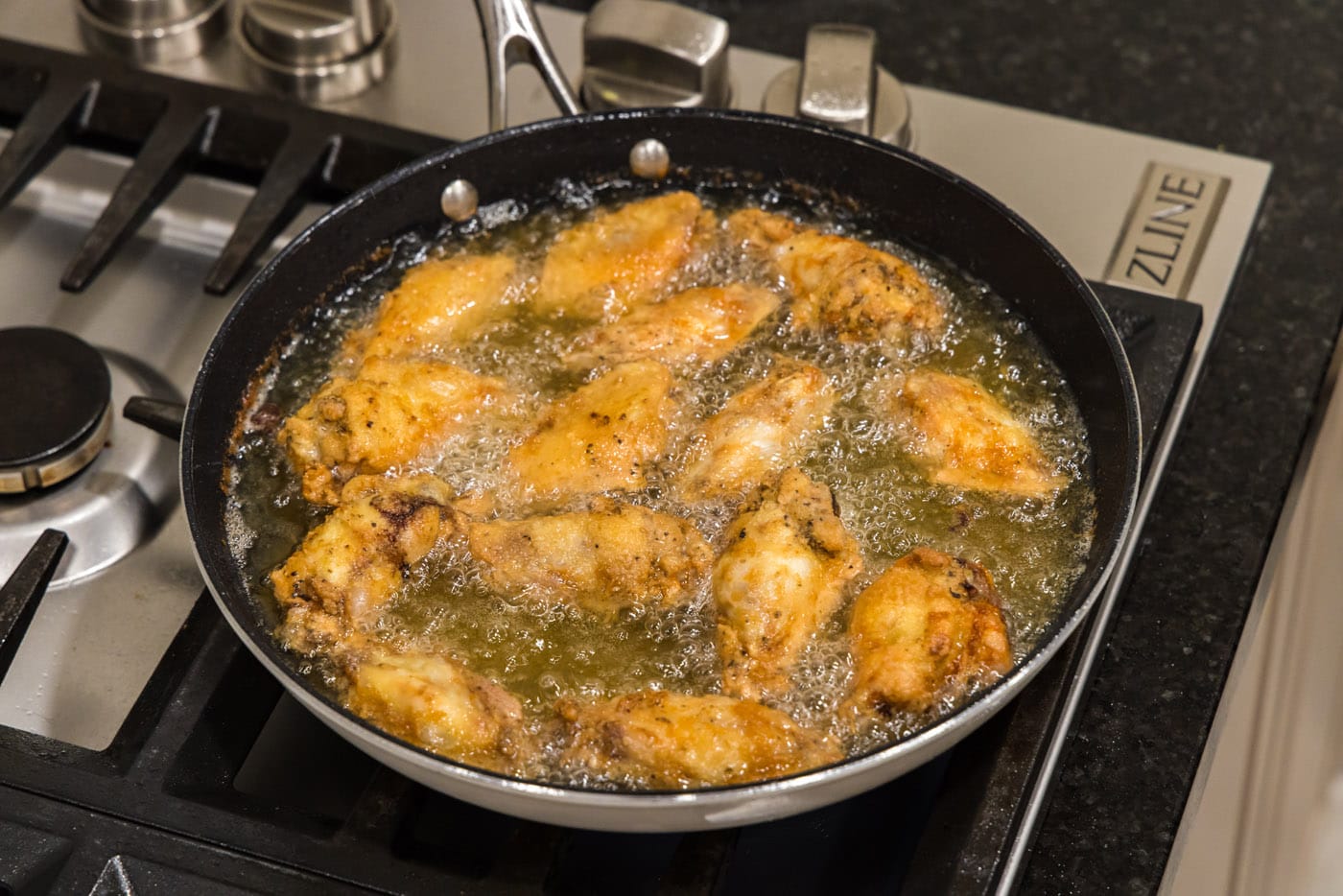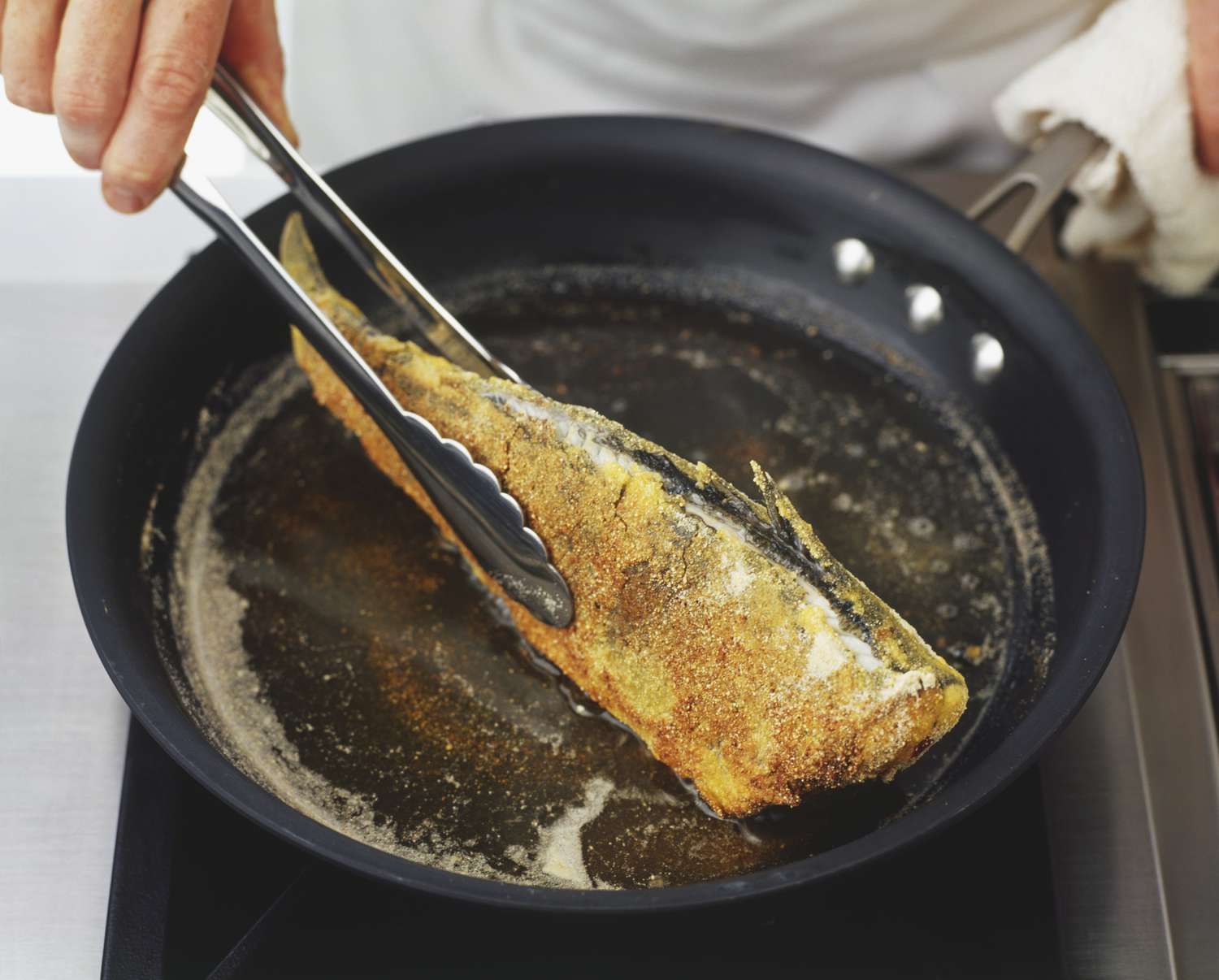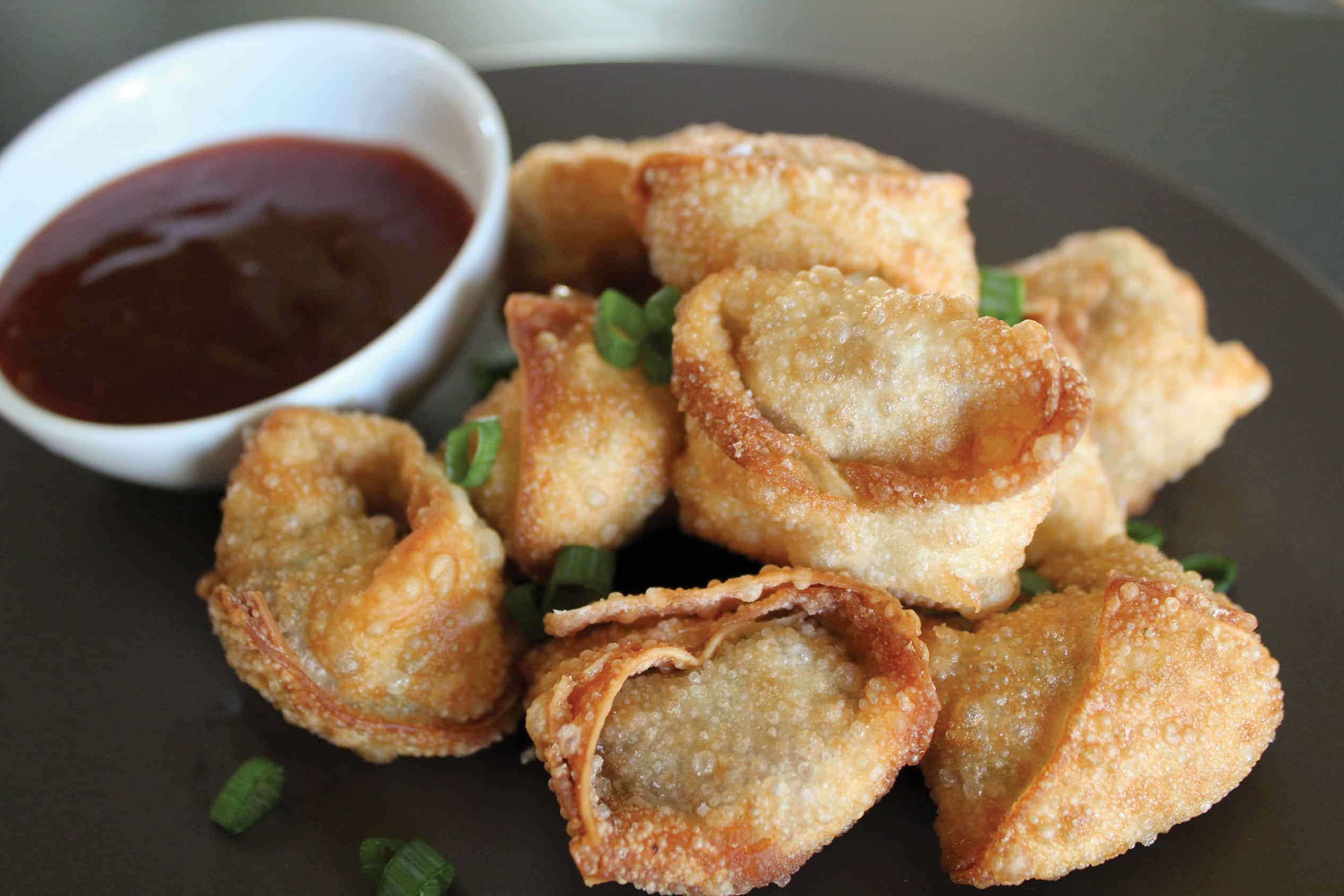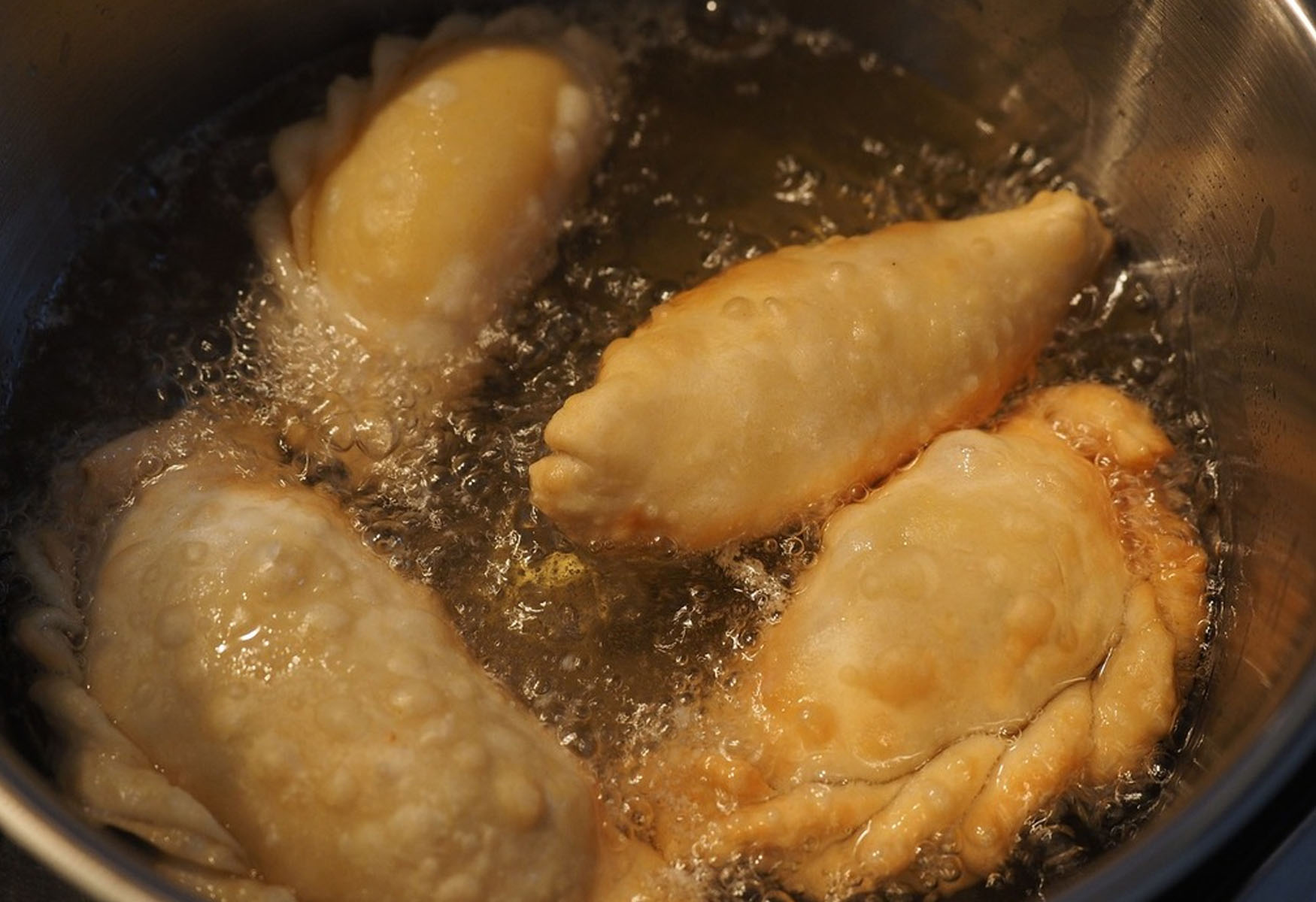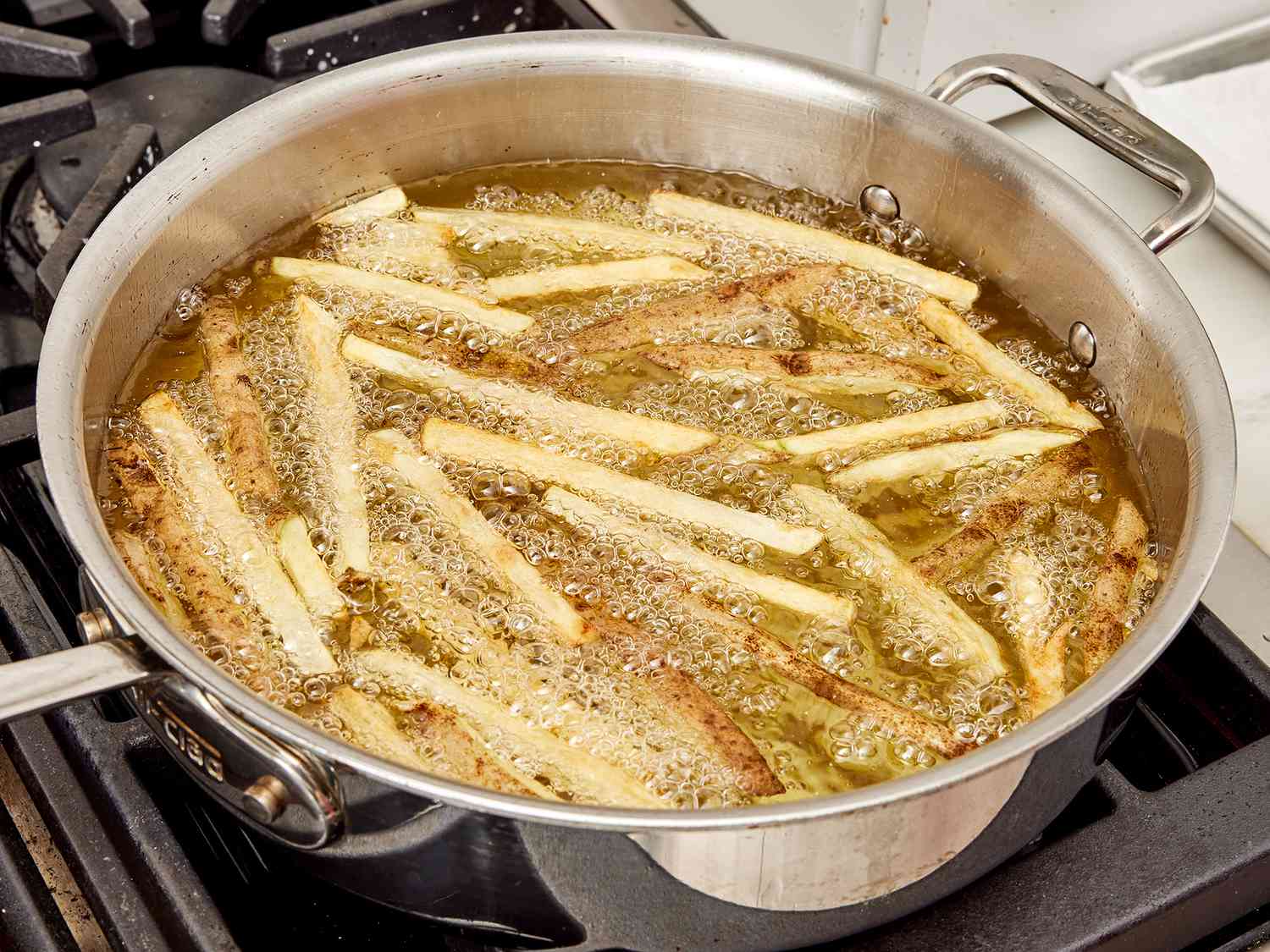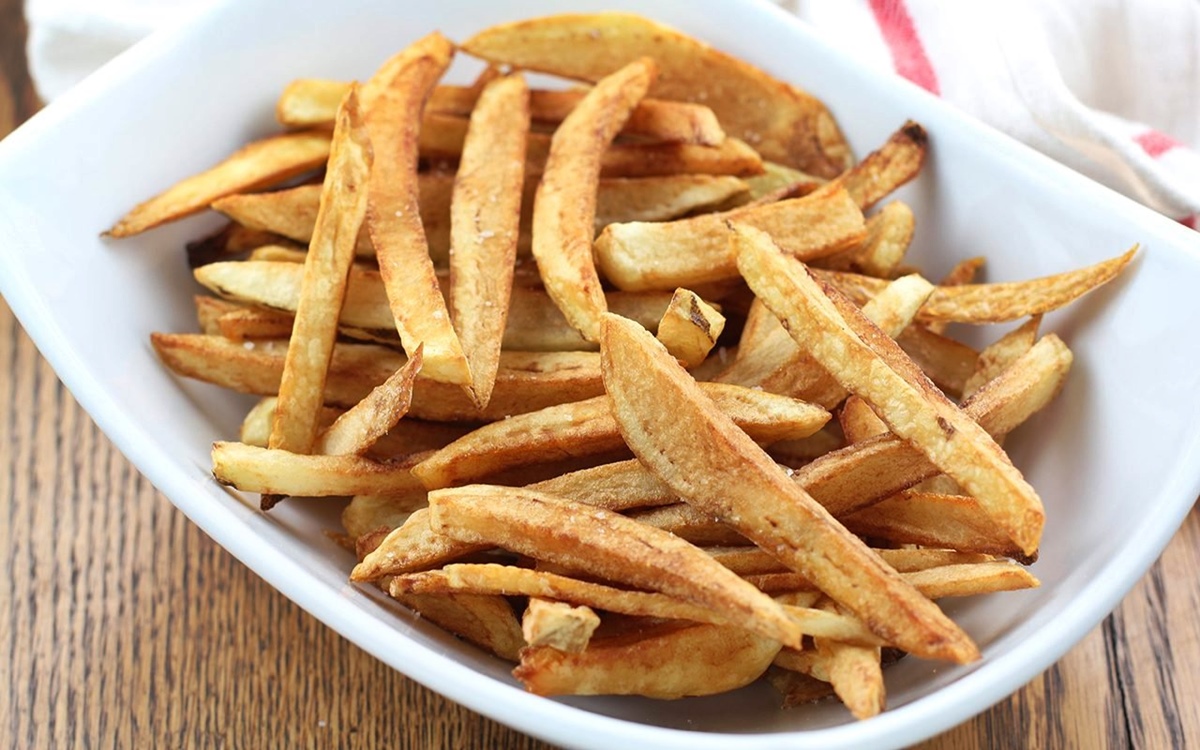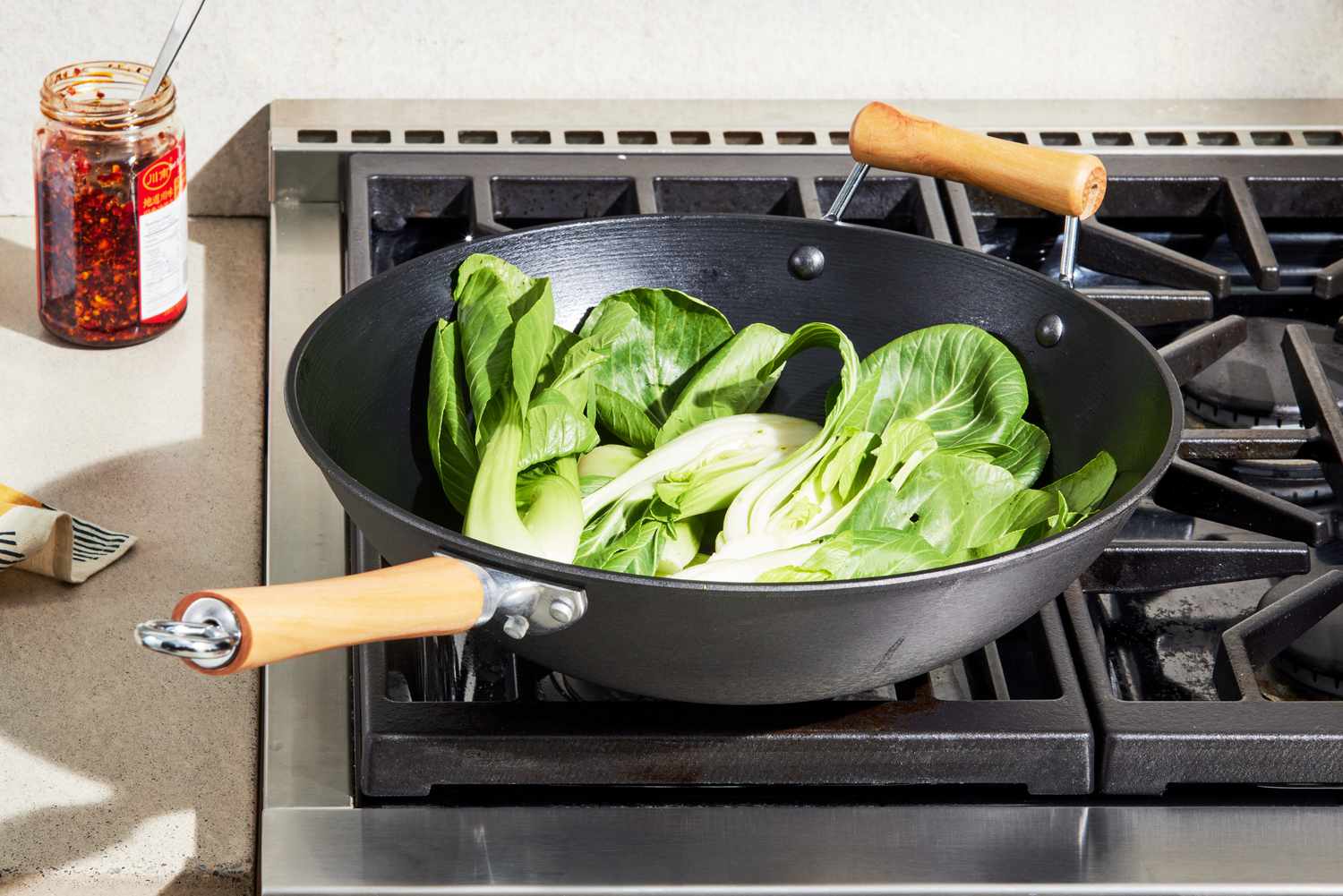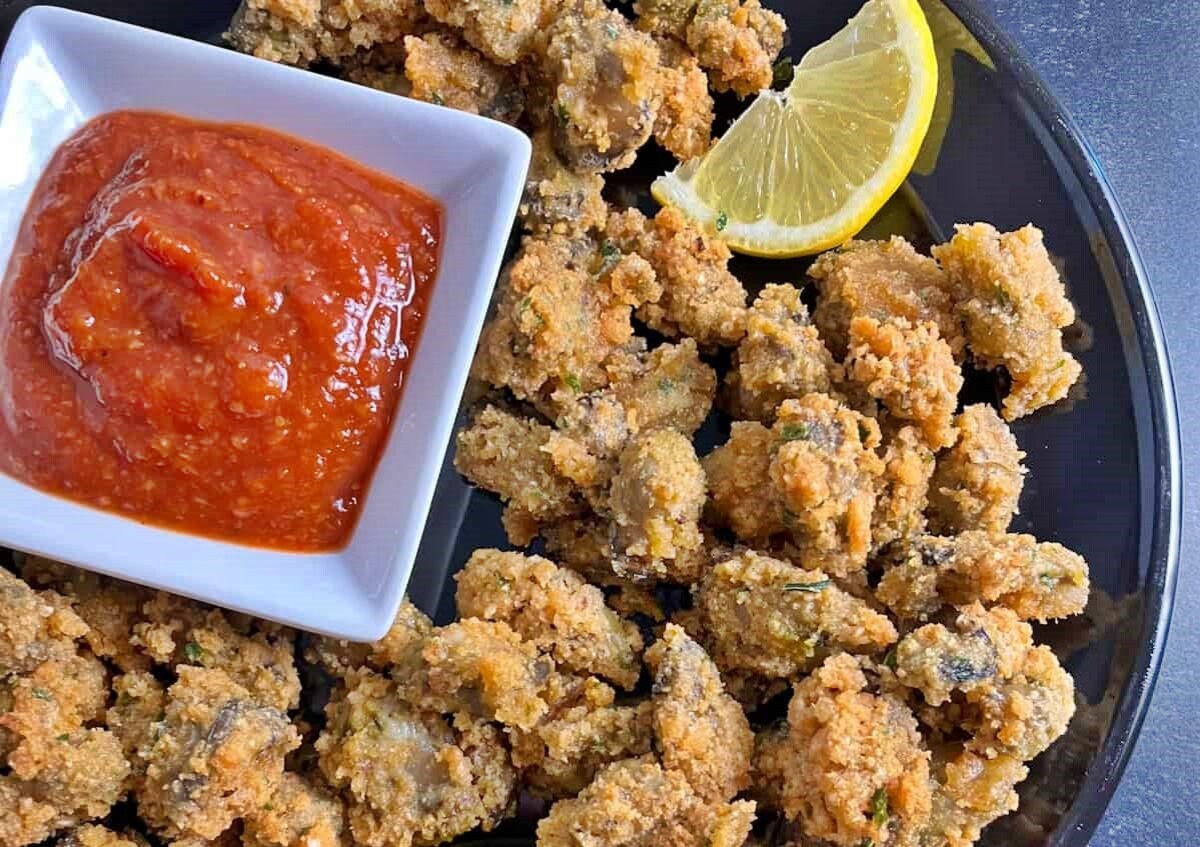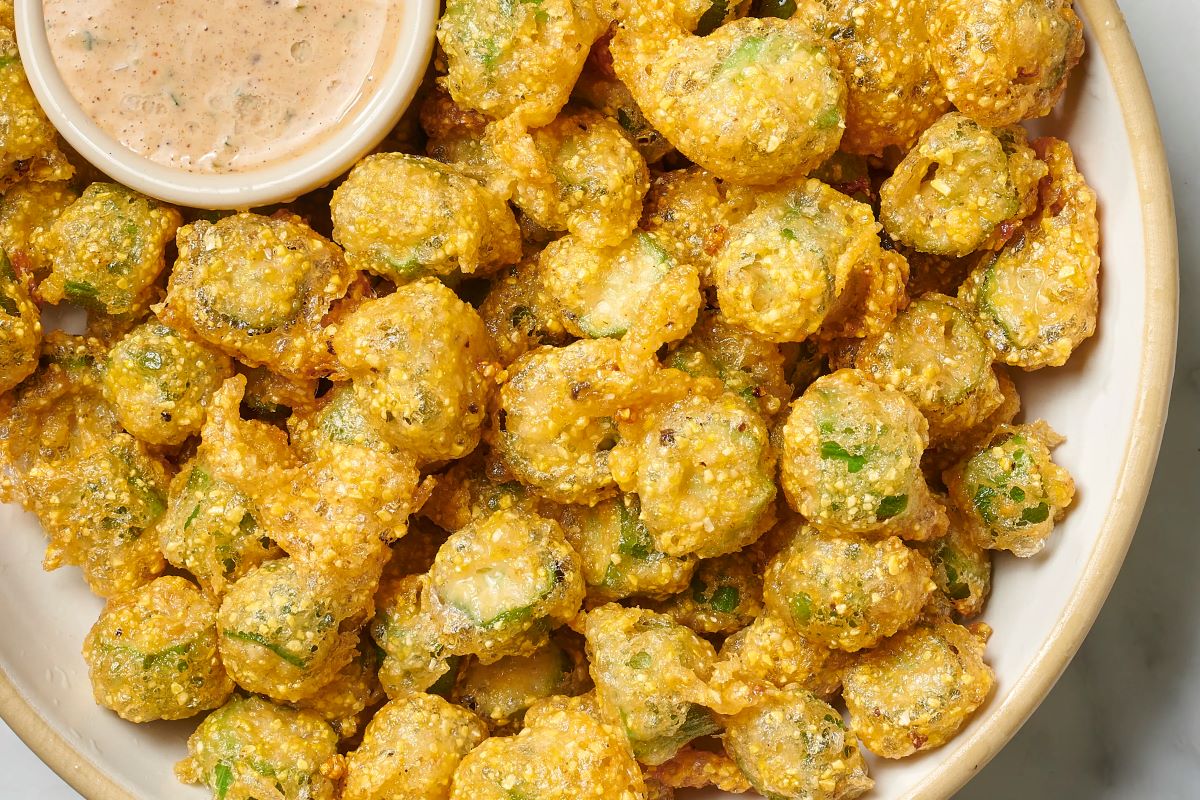Mastering the Art of Deep Frying on the Stove
There’s something undeniably delicious about food that’s been deep fried to golden perfection. Whether it’s crispy chicken, crunchy french fries, or delectable donuts, deep frying on the stove is a time-honored cooking technique that can elevate your favorite foods to new heights. If you’re ready to embark on a culinary adventure and learn the art of deep frying at home, you’ve come to the right place. With the right tools and a few expert tips, you can achieve crispy, mouthwatering results that will rival your favorite restaurant dishes.
Choosing the Right Oil
When it comes to deep frying, selecting the right oil is crucial. An oil with a high smoke point, such as peanut oil, canola oil, or vegetable oil, is ideal for deep frying on the stove. These oils can withstand the high temperatures required for deep frying without breaking down or imparting off-flavors to your food. It’s important to use a sufficient amount of oil to fully submerge the food you’re frying, ensuring even cooking and a crispy exterior.
Essential Equipment
Before you begin your deep frying adventure, make sure you have the necessary equipment on hand. A heavy-bottomed pot or Dutch oven is well-suited for deep frying on the stove, as it provides stability and even heat distribution. A deep-fry thermometer is also essential for monitoring the oil temperature, ensuring that it stays within the optimal range for crispy results. Additionally, a slotted spoon or spider strainer will allow you to safely lower and remove the food from the hot oil.
Prepping Your Food
Properly preparing your food for deep frying is key to achieving a satisfying crunch. Coating your ingredients in a thin layer of flour, breadcrumbs, or batter can help create a crispy, golden exterior. It’s important to pat your food dry before coating it to ensure that the coating adheres properly. For foods that cook quickly, such as shrimp or vegetables, it’s best to cut them into uniform pieces to promote even cooking.
Mastering the Frying Process
Now that you’ve selected your oil, gathered your equipment, and prepped your food, it’s time to delve into the frying process. Here are some essential steps to ensure success:
- Heat the oil: Pour the oil into your pot or Dutch oven, making sure not to fill it more than halfway. Attach the deep-fry thermometer to the side of the pot and heat the oil to the desired temperature, typically between 350-375°F.
- Fry in batches: Avoid overcrowding the pot, as adding too much food at once can cause the oil temperature to drop, resulting in soggy, greasy results. Fry in small batches, allowing ample space for the food to cook evenly.
- Monitor the temperature: Throughout the frying process, keep a close eye on the oil temperature and adjust the heat as needed to maintain the ideal frying temperature.
- Drain and season: Once your food has reached a perfect golden brown hue, use a slotted spoon or spider strainer to carefully remove it from the oil. Place the fried food on a paper towel-lined plate to drain any excess oil, then season it immediately with salt or your favorite spices while it’s still hot.
Enjoying the Fruits of Your Labor
Now that you’ve mastered the art of deep frying on the stove, it’s time to savor the crispy, flavorful creations you’ve made. Whether you’re enjoying a batch of homemade onion rings, crispy chicken tenders, or golden-brown beignets, the satisfaction of creating restaurant-quality fried foods in your own kitchen is truly unparalleled. With a little practice and the right techniques, you can confidently add deep frying to your culinary repertoire and impress your family and friends with your newfound skills.
So, roll up your sleeves, gather your ingredients, and get ready to embark on a deep frying adventure that’s sure to delight your taste buds and elevate your home cooking game.

